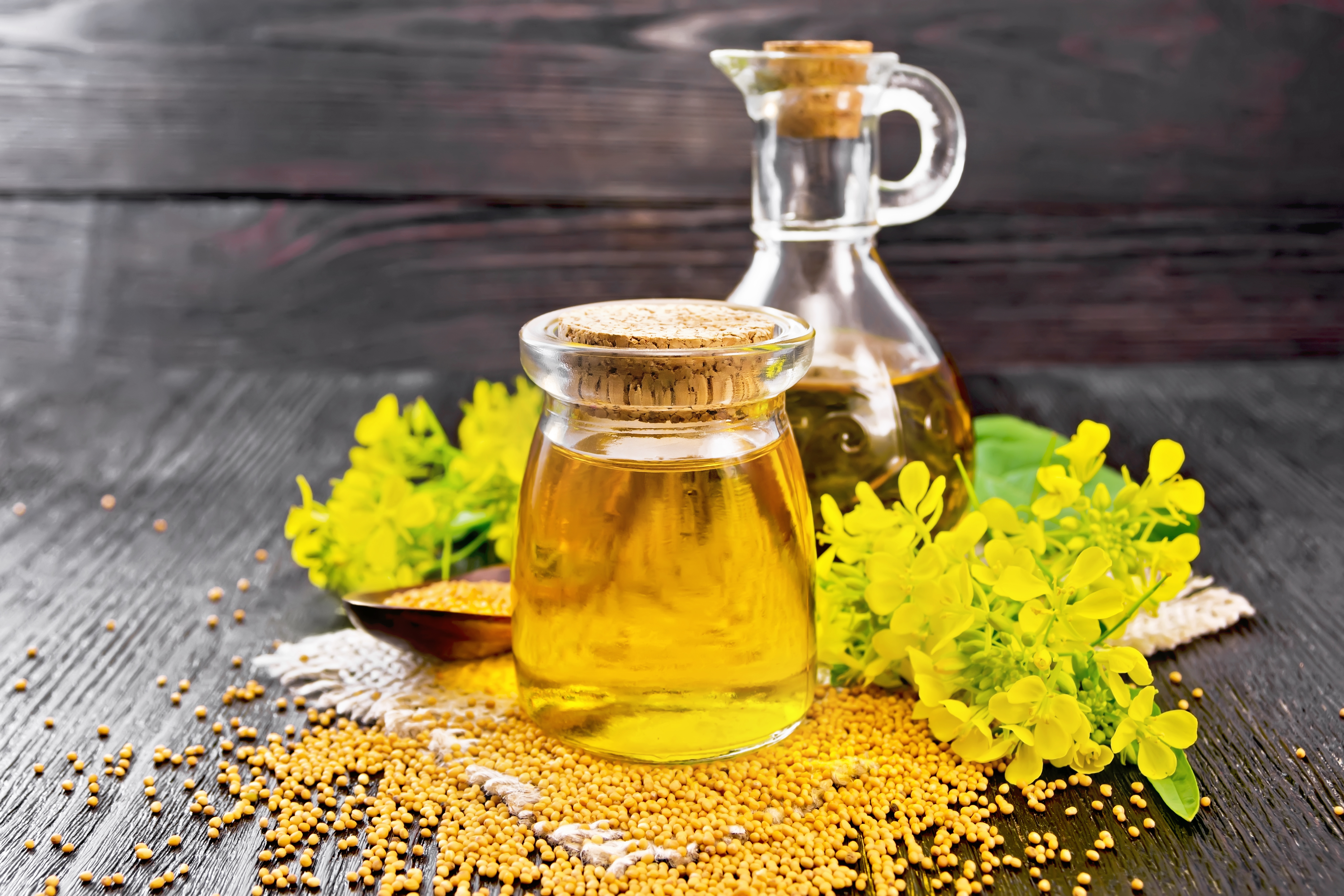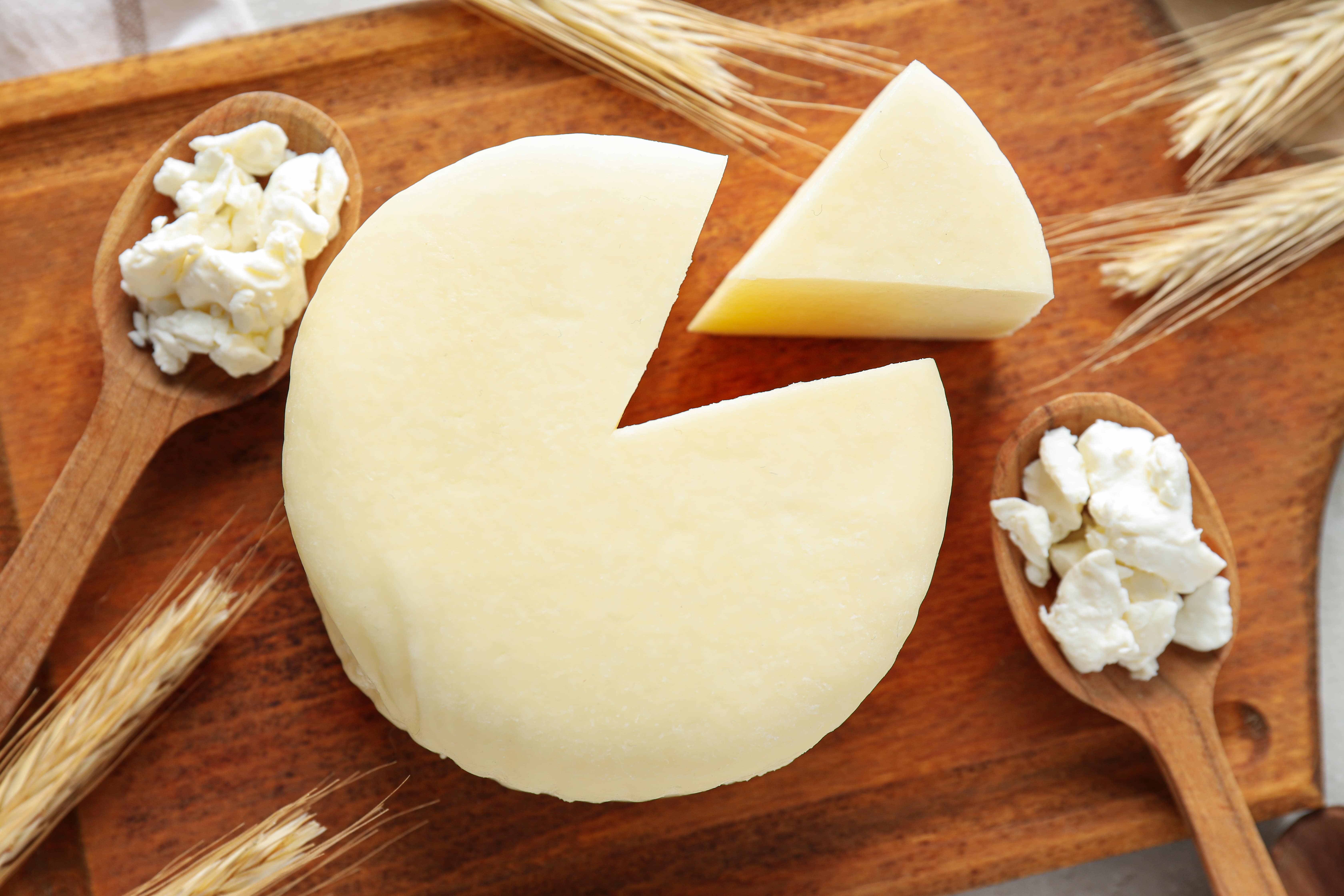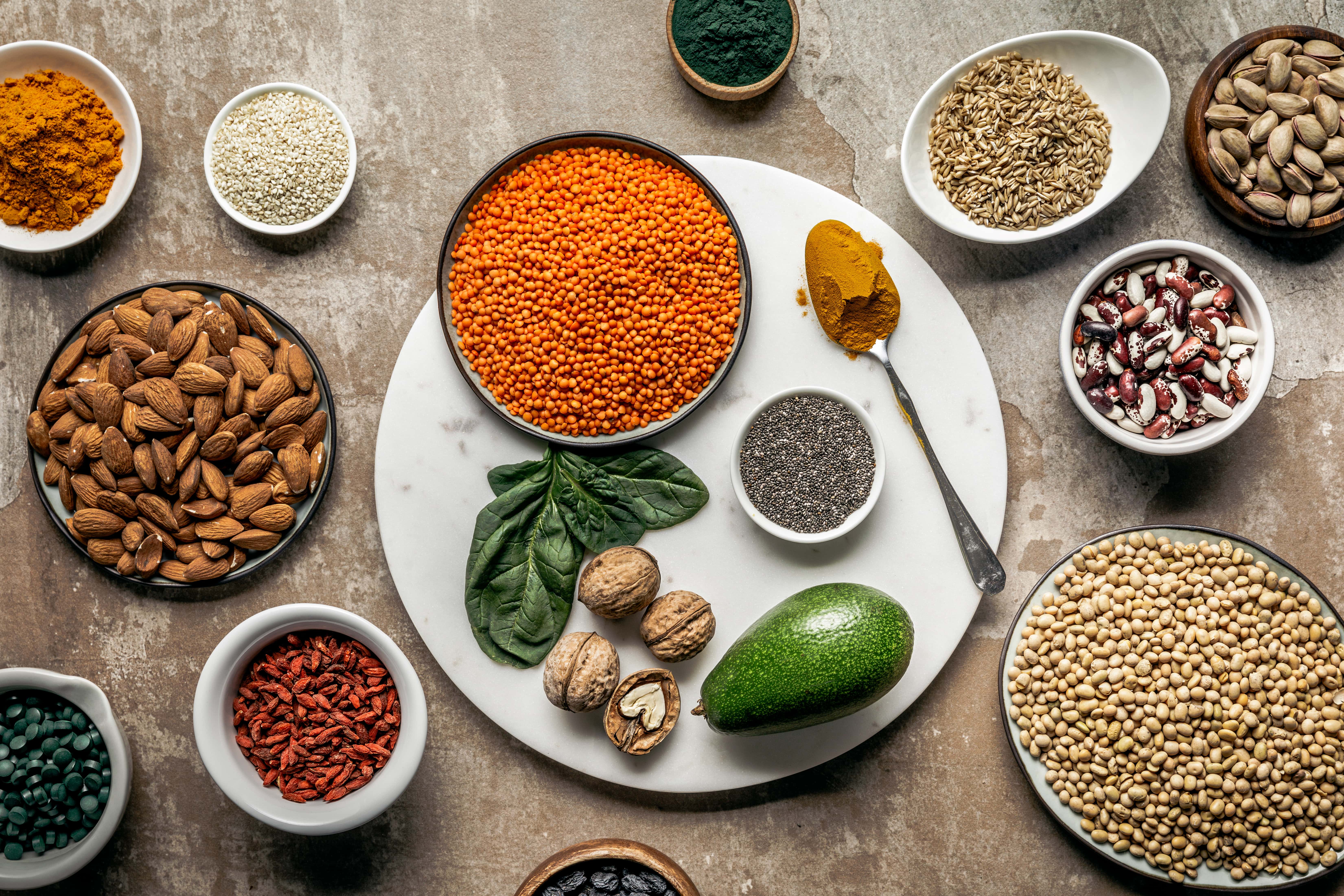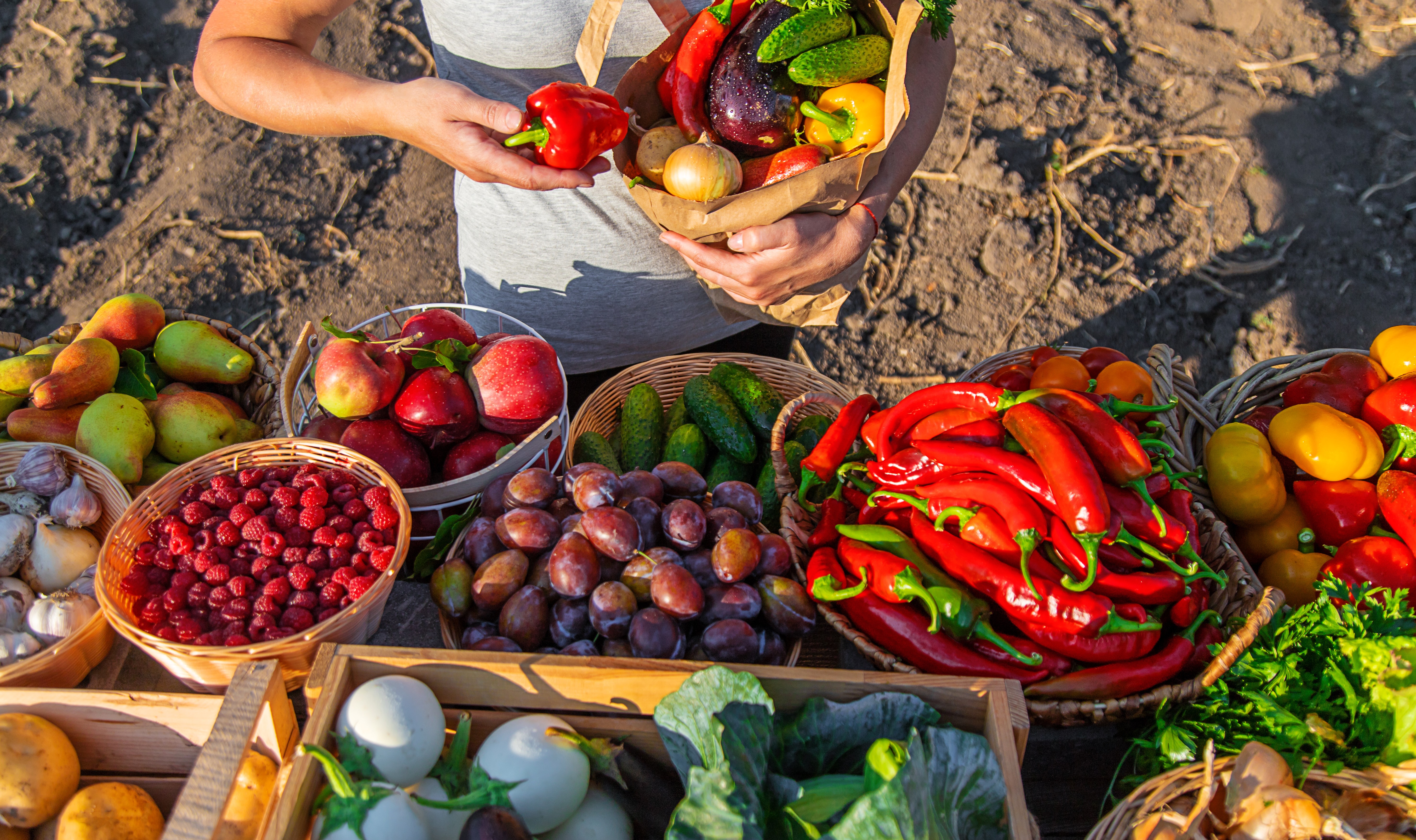Last Updated on April 11, 2025 by Admin
Canola oil and vegetable oil are popular cooking oils. However, many wonder about their differences, uses, and health benefits. In this article, we’ll look into the details, providing clear answers to common questions such as “Can you use canola oil instead of vegetable oil?” and “Which is healthier, canola or vegetable oil?”
What Is Canola Oil?
Canola oil is obtained from the seeds of the canola plant, a type of rapeseed. This plant was created using conventional plant breeding methods to minimize the presence of erucic acid, which is considered undesirable in large quantities.
- Nutritional Profile
Canola oil is low in saturated and monounsaturated fats, which benefit heart health. Additionally, it is packed with omega-3 fatty acids that have been shown to combat inflammation and promote heart health.
- Uses in Cooking
Due to its neutral flavor and high smoke point (around 400°F or 204°C), canola oil is widely used in frying, baking, grilling, and as an ingredient for salad dressings and marinades.
What Is Vegetable Oil?
Vegetable oil is a common term derived from different plants, including soybeans, corn, sunflower, and safflower. Depending on the brand and availability, vegetable oil is often a blend of these oils.
- Nutritional Profile
The nutritional content of vegetable oil can vary depending on its source. Typically, it includes a combination of saturated, monounsaturated, and polyunsaturated fats. Some vegetable oils have more omega-6 fatty acids than others. Too much of these acids can cause inflammation.
- Uses in Cooking
Like canola, vegetable oil has a bland flavor and a high smoke point (around 400°F or 204°C). It means it can be used for baking, frying, and sautéing. It is also commonly used in processed foods and commercially prepared baked goods.
Difference Between Canola Oil and Vegetable Oil
Canola oil and vegetable oil are common cooking oils with distinct differences in origin, nutritional content, and flavor, influencing their use in various culinary applications.
-
Fatty Acid Composition
One of the main differences between canola oil and vegetable oil is their fatty acid composition. Canola oil has more monounsaturated fats and omega-3 fatty acids, whereas vegetable oil typically contains more polyunsaturated fats and omega-6 fatty acids.
-
Health Impact
Canola oil is often considered healthier due to its favorable fatty acid profile. The lower saturated fat content and higher omega-3 fatty acids make it a better choice for heart health. In contrast, the higher omega-6 content in vegetable oil can contribute to inflammation if consumed in large amounts.
-
Processing Methods
Both oils go through refining processes to eliminate impurities and improve shelf life. However, some vegetable oil brands may use chemical solvents in extraction, affecting the oil’s quality. Cold-pressed or expeller-pressed canola oil is available for those seeking minimally processed options.
What Is Canola Oil Made From?
Canola oil is made from the seeds of the Brassica napus plant, a type of rapeseed. The canola plant was developed to contain low levels of erucic acid and glucosinolates, making the oil safe and pleasant to consume.
-
Extraction Process
These are some of the steps involved in the production of canola oil:
1. Cleaning: The seeds are cleaned to remove impurities.
2. Crushing: The seeds are crushed to extract the oil.
3. Solvent Extraction: Solvents may extract additional oil from the seed meal.
4. Refining: It helps to remove impurities, improve flavor, and extend shelf life.
5. Packaging: The refined oil is packaged and distributed for consumer use.
-
Nutritional Benefits
Canola oil is prized for its balanced fatty acid profile. It’s good for your heart because it’s low in heavy and monounsaturated fats and contains omega-3 fatty acids.
Which Is Healthier: Canola or Vegetable Oil?
Understanding the difference between canola oil and vegetable oil can help you make healthier cooking choices, as each oil has unique nutritional benefits and culinary uses.
-
Heart Health
When comparing which is healthier, canola or vegetable oil, canola oil generally comes out on top. Its high content of monounsaturated fats and omega-3 fatty acids supports heart health by lowering harmful cholesterol levels and reducing inflammation.
-
Omega-3 vs. Omega-6 Balance
Canola oil has a better balance of omega-3 to omega-6 fatty acids, essential for maintaining overall health. An excess of fatty acids, prevalent in many vegetable oils, can promote inflammation and related health issues.
-
Cooking and Stability
Both oils have high smoke points. It makes them suitable for high-heat cooking. However, the stability of canola oil’s monounsaturated fats can make it a desirable option for maintaining nutritional quality during cooking.
Can You Use Canola Oil In Place Of Vegetable Oil?
Most recipes use vegetable oil, but you can use canola oil instead. Both oils have a mild flavor and similar smoke points, which means they can be used for many different cooking methods, like baking, frying, and sautéing.
-
Flavor and Texture
Since both oils are mild in taste, substituting one for the other typically does not affect the dish’s flavor. However, slight differences in their fatty acid profiles might result in minor textural changes in specific recipes, particularly in baking.
-
Health Considerations
When considering the health aspects of using canola oil vs. vegetable oil, it is often considered the more health-friendly option due to its lower saturated fat content and higher amounts of omega-3 fatty acids.
Cost Comparison: Canola Oil vs. Vegetable Oil
When considering the difference between canola oil and vegetable oil, it’s essential to look at the cost, as it can influence your choice for everyday use.
-
Price of Canola Oil
Canola oil is easily available in grocery stores and is generally priced similarly to other cooking oils. The cost of canola oil can vary depending on factors such as brand, packaging, and whether it is organic or non-organic. Due to its perceived health benefits and production processes, canola oil might be slightly more expensive than essential vegetable oil blends. However, there is usually minimal difference in pricing.
-
Price of Vegetable Oil
Vegetable oil, often a blend of various plant oils like soybean, corn, sunflower, and safflower, tends to be one of the most affordable cooking oils available. Its price can fluctuate based on the specific blend and the market prices of the individual oils it contains. Generally, vegetable oil is considered cost-effective, making it a popular choice for households and commercial food preparation.
Read Also – How to Prevent Yourself from Foodborne Illness
Conclusion
In the debate of vegetable oil vs. canola oil, canola oil often emerges as the healthier choice due to its favorable fatty acid profile and nutritional benefits. While both oils are versatile and suitable for various cooking methods, opting for canola oil can provide additional heart health benefits. Understanding what canola oil is made from and its health impacts can help you make informed decisions in the kitchen. Whether you’re deciding whether you can use canola oil instead of vegetable oil or exploring the difference between canola oil and vegetable oil, this guide offers a comprehensive overview to support your dietary choices. With the proper food training, you can also become an expert in understanding the health benefits of various oils and other food products.













